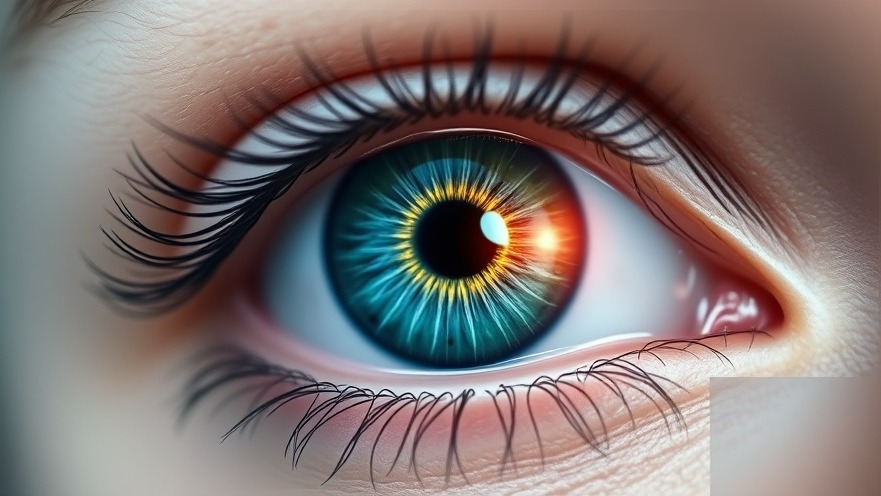
The Importance of Optic Nerve Health in Patient Wellness
As a concierge medical practice owner, you're committed to holistic wellness. Understanding the role of optic nerve health, particularly in conditions like glaucoma, is vital in providing comprehensive care to your patients. The optic nerve functions as a pivotal communication channel between the retina and the brain, carrying essential visual information. Degeneration of this nerve can lead to significant vision loss, emphasizing the need for patient awareness and proactive health management.
Glaucoma: A Neurodegenerative Challenge
Glaucoma, often regarded as a neurodegenerative disorder akin to Alzheimer's disease, primarily affects the optic nerve, leading to irreversible vision impairment. With about 1.5 million nerve fibers in the optic nerve, maintaining their health is critical for functional vision. Elevated eye pressure and poor blood flow are two of the key factors in glaucoma progression. Therefore, regular eye examinations can aid in early detection, an essential service that your practice can facilitate for patients.
Recognizing the Symptoms of Optic Nerve Degeneration
During comprehensive health assessments, recognizing signs of optic nerve degeneration is crucial. The optical disc can display 'cupping' — a backward bowing indicative of nerve degeneration. Symptoms may also include headaches and the gradual loss of peripheral vision. Educating your patients about these symptoms can empower them to seek timely medical attention. This proactive approach not only enhances patient outcomes but also solidifies your practice's reputation for thorough, patient-centered care.
Integrating Wellness Strategies in Patient Care
To successfully promote optic nerve health, consider introducing wellness strategies that focus on nutrition, exercise, and regular check-ups. Foods rich in antioxidants, such as leafy greens and fish rich in omega-3 fatty acids, can support eye health and potentially thwart nerve damage. Encouraging patients to maintain a balanced diet, engage in physical activity, and manage their stress effectively communicates your dedication to their overall wellness. This multi-faceted approach will not only improve patient well-being but will also cultivate loyalty towards your practice.
Future Trends in Optic Nerve Research
As advancements in understanding optic nerve regeneration continue to unfold, staying informed about emerging treatments can serve your patients better. Research is exploring various methods to promote nerve regeneration, potentially changing the landscape of glaucoma treatment in the future. Engaging patients in discussions about new findings can foster a sense of partnership in their healthcare journey, enhancing their trust and willingness to follow their treatment plans.
In conclusion, integrating knowledge about optic nerve health into your practice can position you as a leader in patient wellness. By prioritizing comprehensive eye examinations, educating patients on symptoms of degeneration, and adopting a holistic wellness framework, you can elevate your practice while positively impacting patient care.
Consider taking action today by implementing new strategies to educate your patients about optic health. Not only does this enhance their wellness, but it can also distinguish your practice in a competitive landscape.
 Add Row
Add Row  Add
Add 




Write A Comment